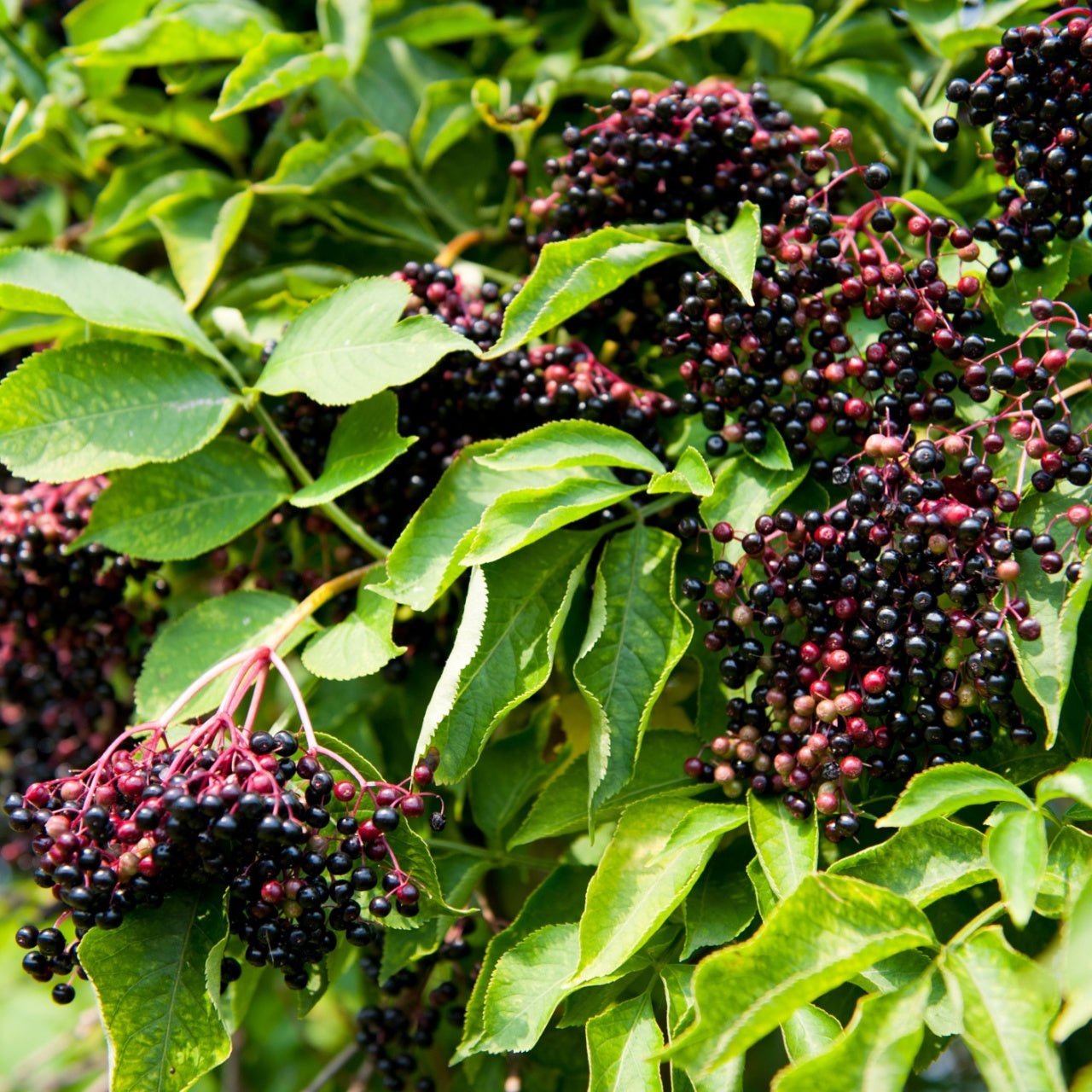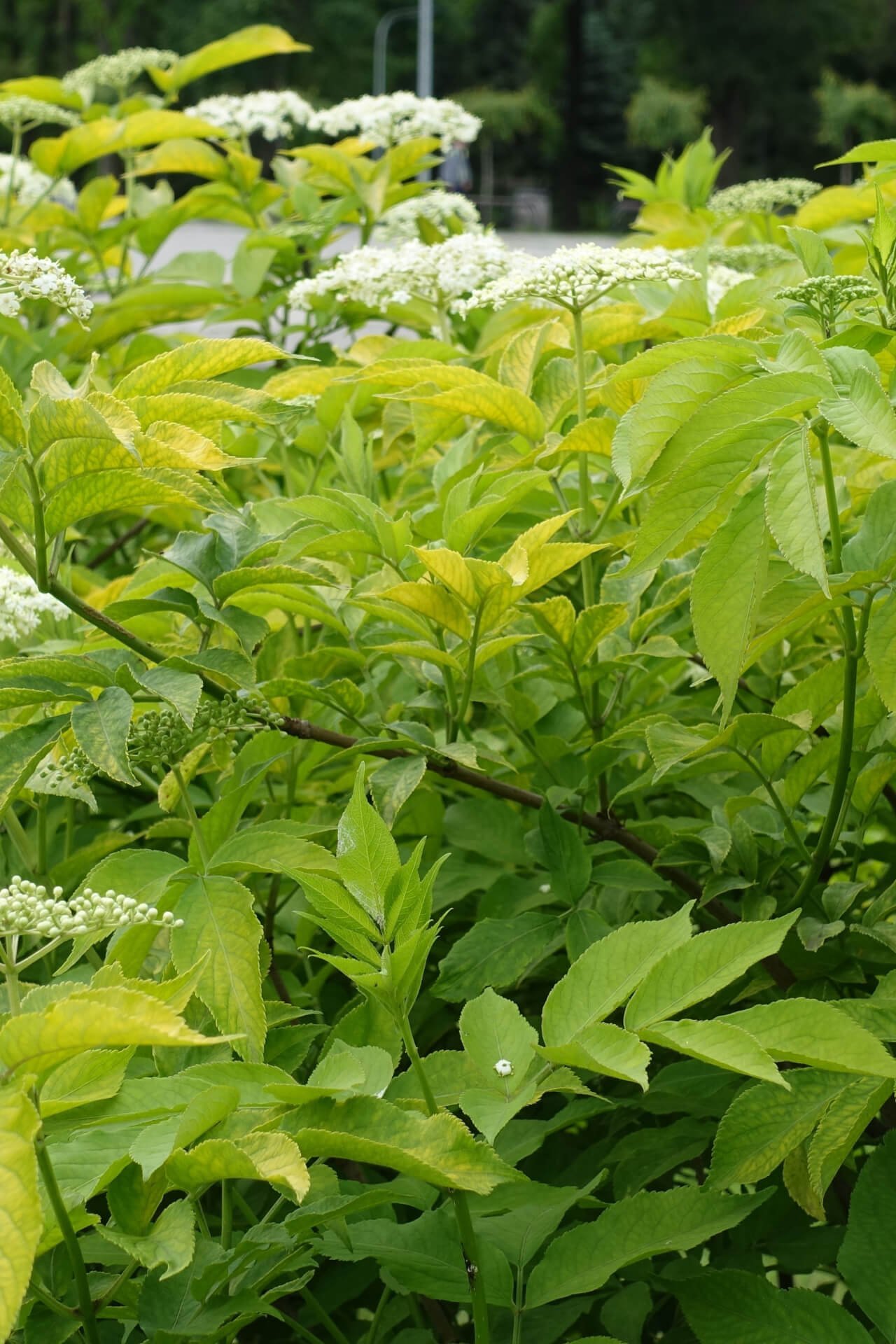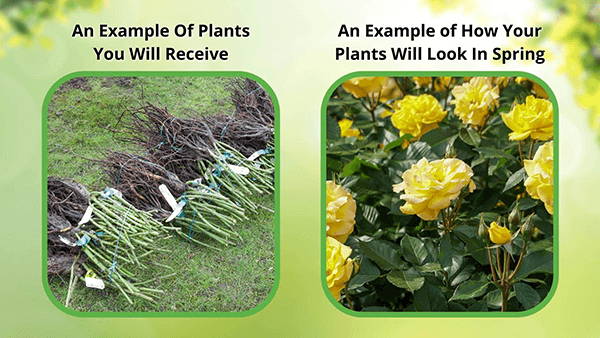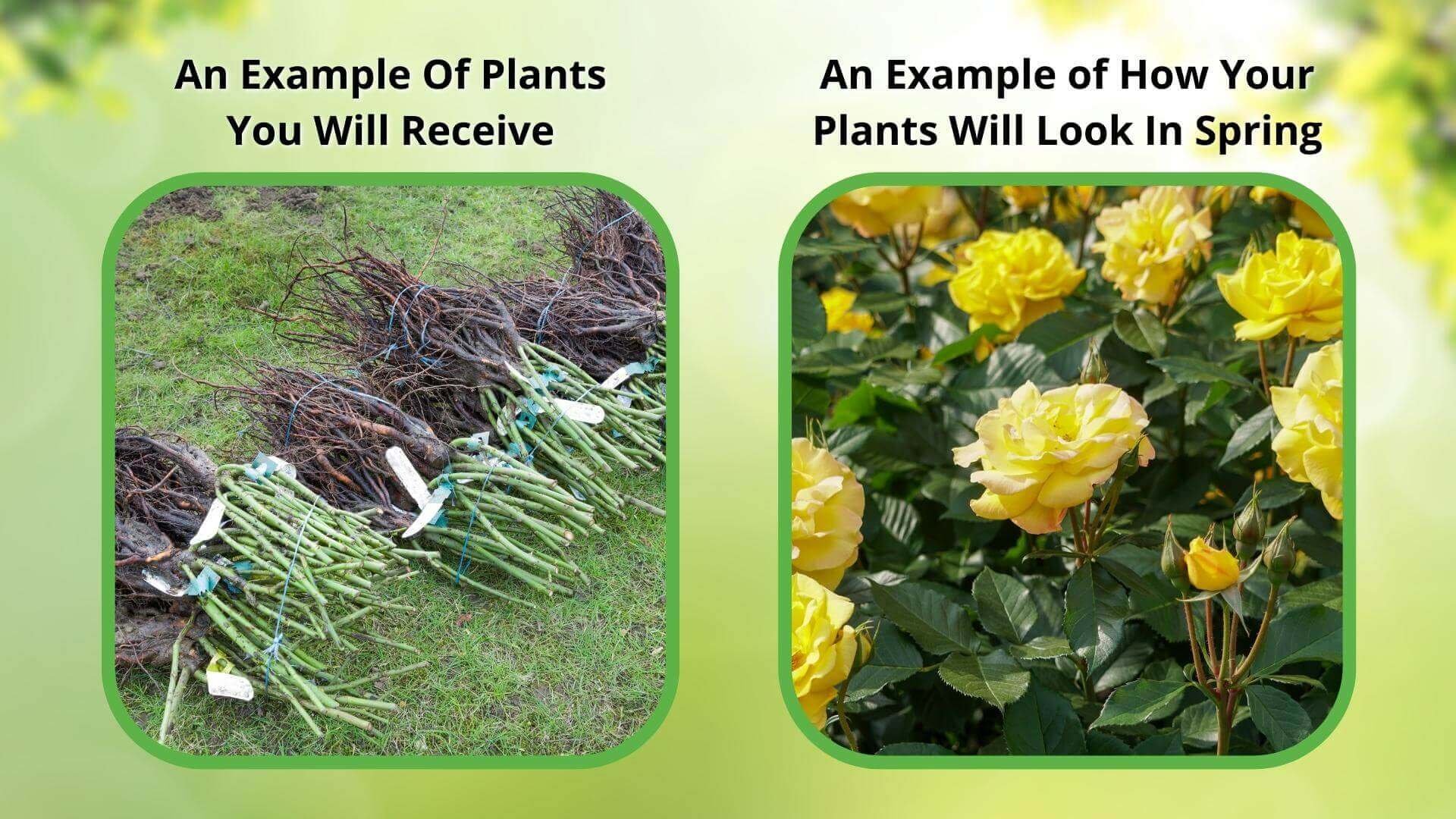



Elderberry Plant
Attracts pollinators like bees and butterflies
Supports wildlife with shelter and food
Provides beautiful, decorative foliage
Thrives in
ZONE 3ZONE 4ZONE 5ZONE 6ZONE 7ZONE 8ZONE 9This plant ships:
November 20251 Year Guarantee on all plants
Elderberry Plant - Sambucus canadensis
The Elderberry Plant (Sambucus canadensis) is a deciduous shrub native to North America, Venezuela and Brazil. In a natural environment, it can be found growing in disturbed areas, streams, marshes and forests.
The leaves of this shrub are sharply serrated and bright green in color. In the fall, the shrub loses its leaves and exposes its pale-gray to reddish stems for the winter months. This shrub flowers in the summer time producing clusters of densely packed white flowers. They are enticing to pollinators, making this shrub an ideal plant to add to a pollinator garden.
Plant Details - Elderberry Plant
Family: Adoxaceae
Hardiness Zones: 3–9
Light Requirement: Full sun to partial shade
Water Needs: Moderate to high
Height: 6 - 12 ft
Spread: 6 - 10 ft
Growth Rate: Fast
Bloom Time: Late spring to early summer
Flower Color: Creamy white
Fruit: Small, glossy dark purple to black berries
Wildlife Value: Flowers attract bees and butterflies
The flowers of the Elderberry Plant are lemon scented and come forth profusely in the summer months. The flowers are quite tiny; however, they are delightfully beautiful on closer inspection. The star-shaped flowers produce five bright white petals and have prominent stamens that are soft yellow in color.
Once pollinated, purply-black drupes are formed. The fruit is edible and is commonly used to make jams and added to pancakes and pies. The flowers and fruit can even use it to make elderberry wine. This shrub is a versatile plant in the garden. It can be planted to form a hedge, in a woodland, or showy addition to a stream or pond bank. Due to its prolific flowering and fruit production, it is a magnet for wildlife, particularly birds.
Landscape Uses and Maintenance - Elderberry Plant
Plant this shrub in either full sun to partial shade locations. Best flowering will be achieved in full sun locations. This shrub prefers moist, rich, slightly acidic soils, but can tolerate different soil conditions. While this shrub is quite resilient, it can be susceptible to canker and powdery mildew.
Due to its growth habits, it can be a weedy plant and is best planted away from an area that you desire to remain manicured. If suckers are not removes, this plant will spread and form thickets of dense stems.
Noteworthy Characteristics
Prolific flowering, edible fruit, attracts pollinators and wildlife
Add this showy and useful edible shrub to your gardenscape and enjoy beautiful flowers, and delicious fruit year after year. Shop for the Elderberry Plant online at TN Nursery. For 68 years, we have served the landscaping industry and homeowners with specimen plants.
This Is How Your Plants Will Look upon Delivery

Bloom Season
Summer
Bloom/Foliage Color
White
Height at Maturity
Over 10 Feet
Care
Elderberry bushes thrive in well-drained soil and need regular watering, especially during dry spells. Prune them in late winter to promote healthy growth and remove dead or diseased wood. Fertilize annually with a balanced fertilizer to encourage robust fruit production.
Plant Reproduction
Elderberry bush spreads via root suckers and bird-dispersed seeds.
Shipping date depends on the date displayed and chosen when you order from the product's page.
We only accept returns on plants verified dead. If you think your plants have died, we offer a 1 year warranty, please use this File a Claim Link to verify dead plants and start with return warranty process.





.png?v=1722113881643&em-origin=cdn.accentuate.io&em-format=auto)
Health Benefits:
Elderberries are known for their health benefits, including immune-boosting properties. Growing your own provides fresh, high-quality berries for use in natural remedies and health-conscious recipes.
Versatile and Attractive Elderberry Bush:
The Elderberry bush is a versatile medium-sized shrub with distinctive opposite compound leaves and clusters of tiny, creamy-white or pale pink flowers, followed by dark purple-black berries arranged in umbrella-like clusters. It adds beauty and structure to landscaping with its attractive foliage
Attracts Wildlife:
The fragrant flowers and dark berries of Elderberry bushes attract a range of wildlife, including birds and pollinators. This makes them a great choice for enhancing the biodiversity and natural appeal of your garden.
Seasonal Interest:
These bushes offer year-round interest, with striking clusters of white or cream flowers in spring, followed by dark purple berries in summer. Their foliage also provides a lush backdrop throughout the growing season.
Caring Tips
How do I care for my Elderberry Plant?
Each box contains detailed care instructions and information about your product. But here's the basics.
Care Tips
Elderberry bushes thrive in well-drained soil and need regular watering, especially during dry spells. Prune them in late winter to promote healthy growth and remove dead or diseased wood. Fertilize annually with a balanced fertilizer to encourage robust fruit production.
Light Requirements
Elderberry Bush Iris thrives in full sun to partial shade. It favors illuminated, indirect sunlight but can take some shade. Confirm it gets at least 4-6 hours of sunlight daily for optimal growth and flowering.
Hardy Planting Zones
3 • 4 • 5 • 6 • 7 • 8 • 9
Header
Use this content to share information about your store and products.
Frequently Asked Questions
How often should I water my plants?
How do I know if my plant is getting too much or too little sunlight?
What should I do to prepare my plants for winter?
What are the signs that my plant needs fertilizing?
How can I prevent pests from damaging my plants?
How do I choose the right plant for my climate zone?






